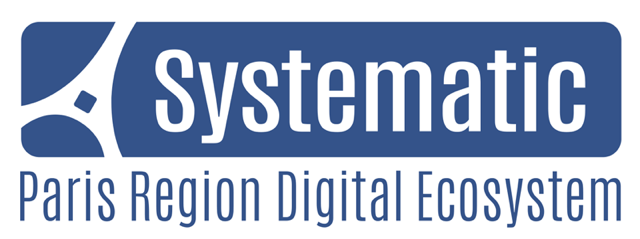Atypical sensori-motor reactions and social interaction difficulties are commonly reported in Autism Spectrum Disorders (ASD). In our work, we consider the possible relationship between using our sense of touch to discover our environment and the development of interaction competencies, in the particular case of ASD. For this purpose we will use two tasks: shape perception and stimming with a haptic feedback device and a tactile wearable device. The designed devices will be based on the State of the Art and advices from experts in ASD. We plan to work on the needs and skills of children on the spectrum in the lower range of intelligence scores. This article details the development of our PhD project, which aims at designing efficient and reliable haptic force feedback/tactile proprioceptive interfaces and interactions for ASD user. Preliminary results on the development of our interfaces and the design of the interaction tasks are presented as well as our specific contributions.
Journée Nationale de l'Internet des Objets
Nouveaux défis de l’Internet des Objets: Interaction Homme-Machine et Facteurs Humains
29 Novembre 2016
Cité de l’Innovation, Nokia Paris-Saclay
|
|
|
|
Engaging Children with Autism in Interaction using Haptic and Tactile Interfaces
1 : CEA, LIST, Sensorial and Ambient Interfaces Laboratory
LISA
91191 – Gif-sur-Yvette CEDEX -
France
2 : Institut des Systèmes Intelligents et de Robotique
(ISIR)
-
Site web
Université Pierre et Marie Curie (UPMC) - Paris VI, CNRS : UMR7222
Université Pierre et Marie Curie - Paris VI Boite courrier 173 4 Place JUSSIEU 75252 Paris cedex 05 -
France
3 : CEA-LIST
CEA-LIST
4 : Institut des Systèmes Intelligents et de Robotique
(ISIR)
-
Site web
* : Auteur correspondant
Université Pierre et Marie Curie (UPMC) - Paris VI
Pyramide - T55/65 - CC 173 - 4 Place Jussieu 75005 Paris -
France
|



















